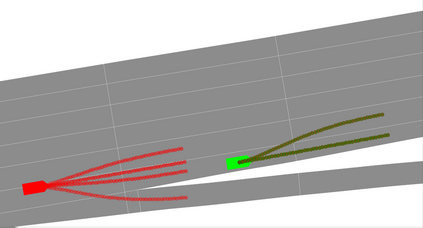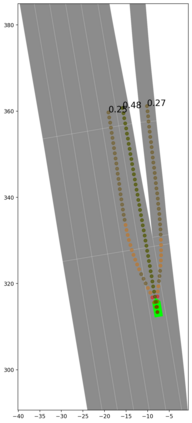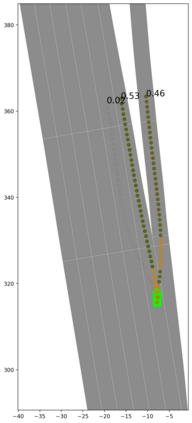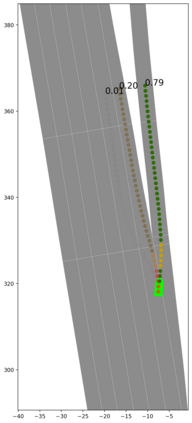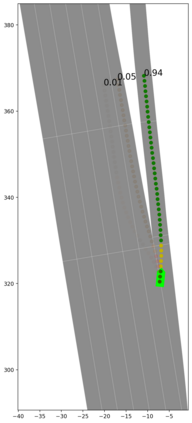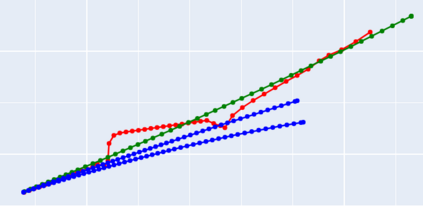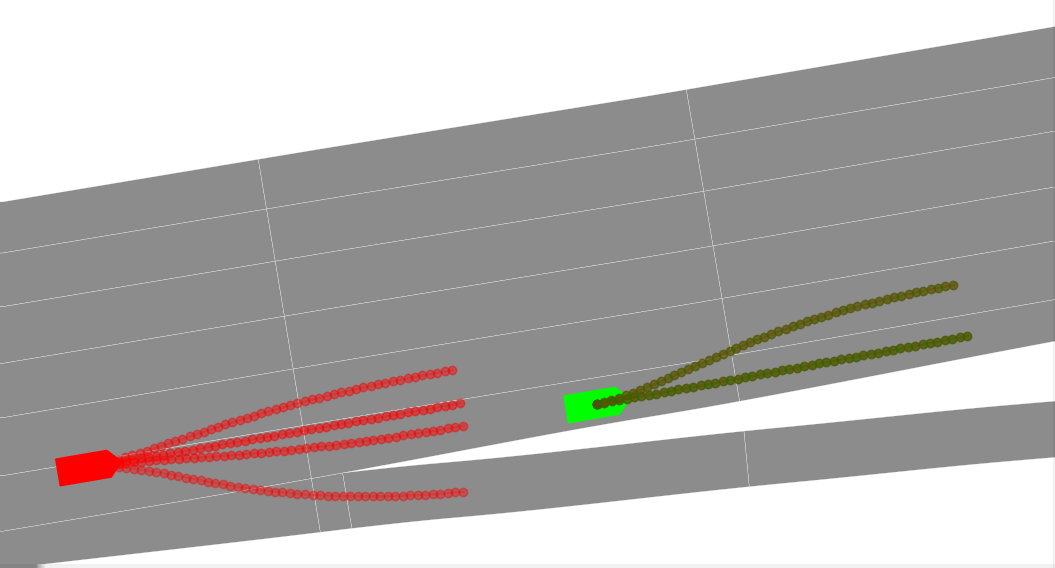Motion prediction of road users in traffic scenes is critical for autonomous driving systems that must take safe and robust decisions in complex dynamic environments. We present a novel motion prediction system for autonomous driving. Our system is based on the Bayesian inverse planning framework, which efficiently orchestrates map-based goal extraction, a classical control-based trajectory generator and a mixture of experts collection of light-weight neural networks specialised in motion profile prediction. In contrast to many alternative methods, this modularity helps isolate performance factors and better interpret results, without compromising performance. This system addresses multiple aspects of interest, namely multi-modality, motion profile uncertainty and trajectory physical feasibility. We report on several experiments with the popular highway dataset NGSIM, demonstrating state-of-the-art performance in terms of trajectory error. We also perform a detailed analysis of our system's components, along with experiments that stratify the data based on behaviours, such as change-lane versus follow-lane, to provide insights into the challenges in this domain. Finally, we present a qualitative analysis to show other benefits of our approach, such as the ability to interpret the outputs.
翻译:对交通场景中道路使用者的动态预测对于在复杂动态环境中必须作出安全和稳健决定的自主驾驶系统至关重要。我们为自主驾驶提供了一个新的运动预测系统。我们的系统基于巴伊西亚反向规划框架,该框架高效地协调了基于地图的目标提取、经典控制轨道生成器和专门用于运动剖面预测的轻量神经网络专家综合收集。与许多替代方法不同,这种模块化有助于分离性能因素和更好地解释结果,同时不损害性能。这个系统处理多种感兴趣的方面,即多式、运动剖面不确定性和轨迹物理可行性。我们报告与流行的高速公路数据集NGSIM进行的若干实验,展示轨迹错误方面的最先进的性能。我们还详细分析了我们的系统的各个组成部分,同时进行实验,将基于行为(如变链与后带)的数据进行分解,以提供对这一领域挑战的洞察力。最后,我们提出质量分析,以显示我们方法的其他好处,例如解释产出的能力。

